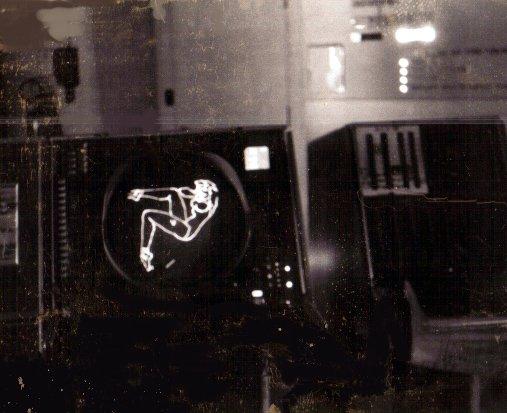In the Globe and Mail, Tom Flanagan explains why the Idle No More protestors insisted on negotiating with the Governor-General:
Actually, native leaders’ focus on the governor-general as the representative of the Crown is based not on a lack of information about the Constitution but on a different understanding of it. They know perfectly well that the prime minister and government of the day are installed by the political process of the nation of Canada, but they don’t see themselves as part of that process and that nation. They see themselves as separate nations, dealing with Canada on a “nation to nation” basis. They see the Crown as a governmental structure above Canada – and therefore the authority with whom they should deal.
Sovereign nations do not legislate for each other; they voluntarily agree to sign treaties after negotiations. The radical conclusion from this premise is that Parliament has no right to legislate for aboriginal people without first getting their consent. Hence the hue and cry about consultation and the demand to repeal those parts of the government’s Budget Implementation acts that allegedly impinge on aboriginal and treaty rights. Today’s claim is that Parliament had no right to amend the Indian Act and the Navigable Waters Protection Act before consulting with (read: getting the approval of) first nations. But the same claim could be made regarding any legislation, for all laws made by Parliament affect native people. Enforcement of the Criminal Code arguably affects aboriginal rights by putting large numbers of aboriginal people in jail, and so on.
This indigenist ideology is not new. It started to appear in the 1970s, as a reaction to Jean Chrétien’s 1969 White Paper, which proposed repealing treaties and abolishing the special legal status of Indians. In its usual well-meaning but sometimes witless way, the Canadian political class thought it could deal with the reaffirmation of indigenism through word magic. Adopt the vocabulary of the radicals. Start calling Indian bands “first nations.” Pretend to recognize their “inherent right of self-government” or even “sovereignty.”




